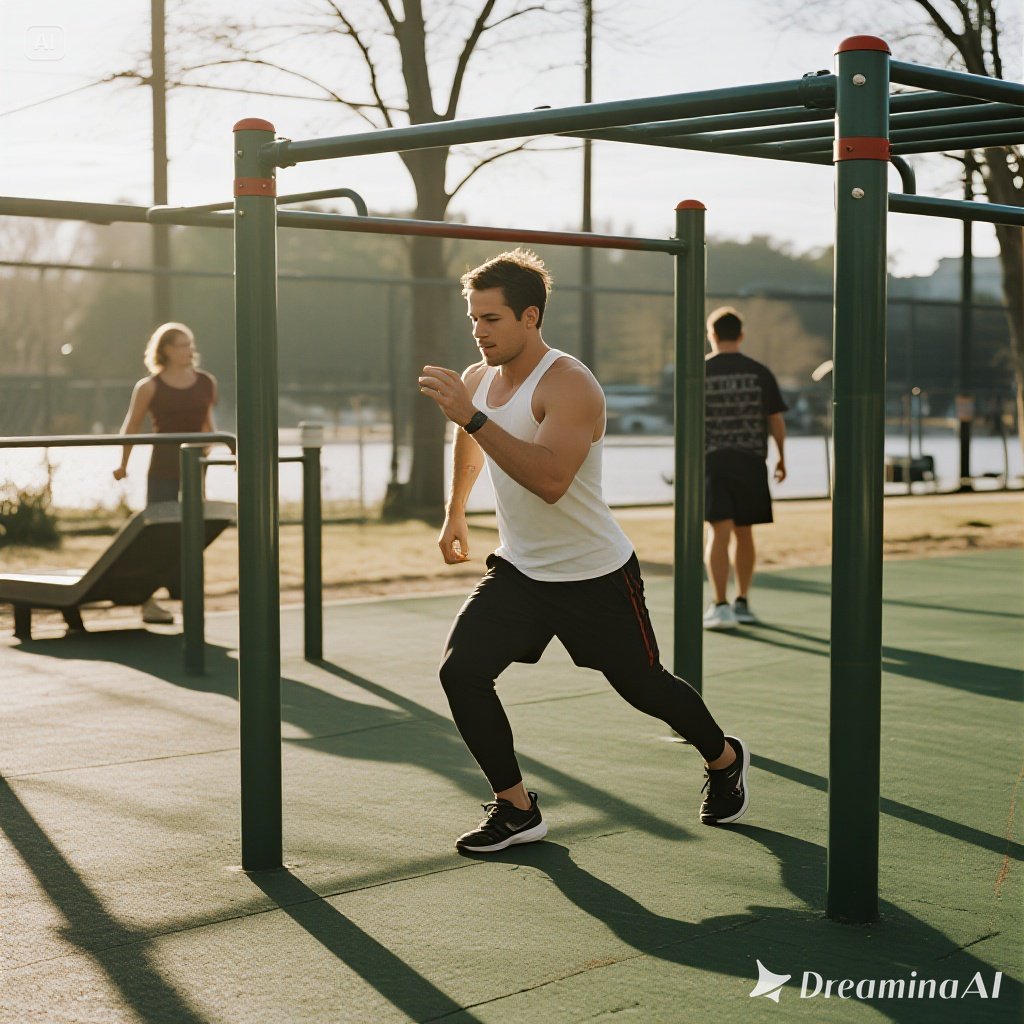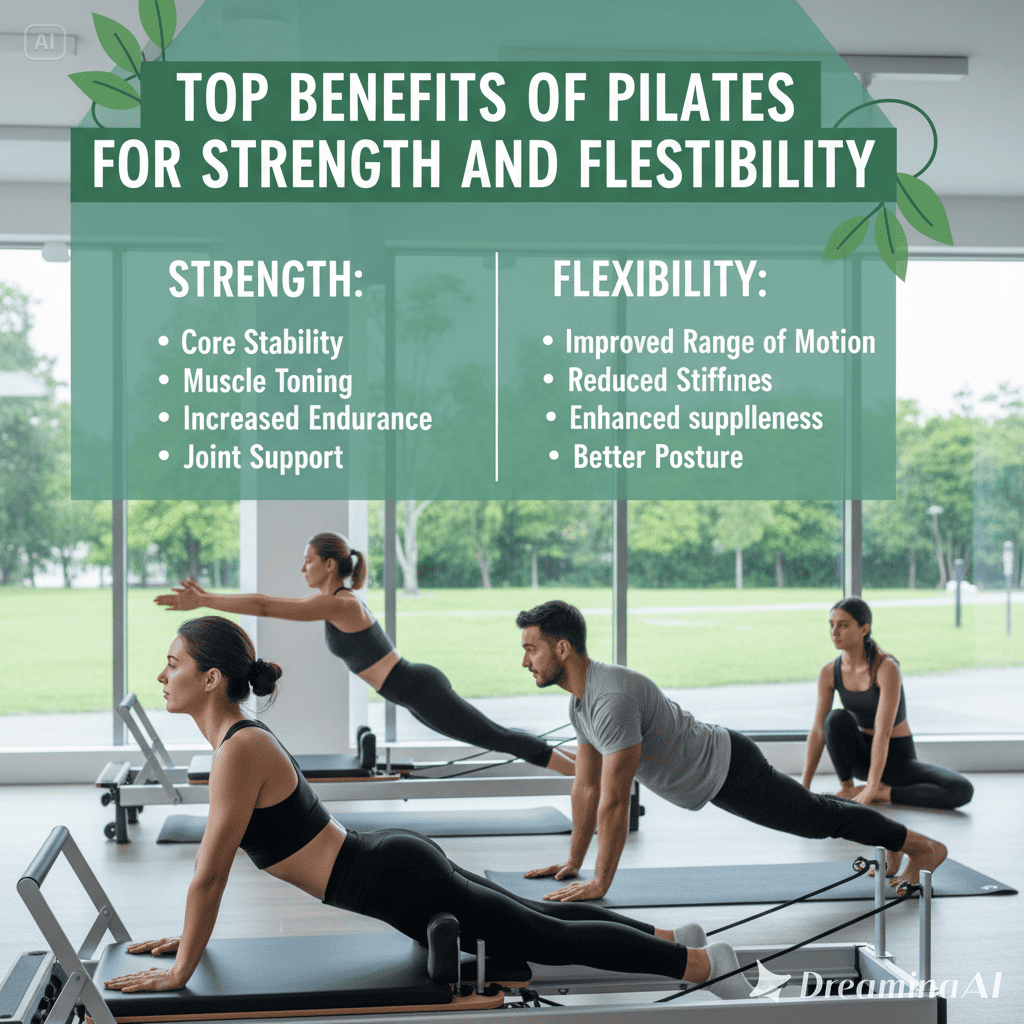Discover why outdoor gyms are the future of fitness. Learn about accessibility, sustainability, and community-driven exercise in public spaces.
In recent years, the fitness industry has experienced major shifts, from traditional gyms to home workouts and digital fitness apps. However, a new trend is emerging that blends health, nature, and community: outdoor gyms.
Accessible, eco-friendly, and community-driven, outdoor gyms are becoming a popular choice for people looking to stay active without the constraints of indoor fitness centers. This article explores why outdoor gyms are being seen as the future of fitness.
1. Accessibility and Affordability
- Free for Everyone: Most outdoor gyms are installed in public parks and are free to use, making fitness accessible to all socioeconomic groups.
- No Membership Required: Unlike traditional gyms that can be expensive, outdoor gyms remove financial barriers.
- Inclusive for All Ages: Outdoor fitness equipment is often designed to be simple, safe, and usable by both young adults and seniors.
2. Combining Fitness and Nature
Exercising outdoors provides benefits that go beyond physical health:
- Fresh Air and Sunshine: Exposure to vitamin D boosts mood and immune health.
- Mental Well-being: Studies show that outdoor exercise reduces stress, anxiety, and depression more effectively than indoor workouts.
- Connection with Nature: Green environments enhance motivation and make workouts more enjoyable.
3. Community and Social Engagement
Outdoor gyms foster a sense of community by bringing people together.
- Group Workouts: Friends and families can train together in public spaces.
- Community Spirit: People are more likely to return regularly when they feel part of a local fitness culture.
- Accessibility for Beginners: The casual environment encourages those who may feel intimidated in indoor gyms.
4. Sustainability and Eco-Friendly Fitness
- Energy-Free Equipment: Outdoor gym machines typically use bodyweight or mechanical resistance, requiring no electricity.
- Durable Design: Equipment is built to last with minimal maintenance.
- Encourages Green Habits: Exercising outdoors often promotes sustainable lifestyles, such as walking or cycling to the park.
5. Flexibility and Versatility
- Anytime Access: Open 24/7 without restrictions.
- Full-Body Workouts: Outdoor gyms include equipment for cardio, strength, and flexibility training.
- Integration with Other Activities: People can combine outdoor gym sessions with running, cycling, or yoga in the park.
6. The Future of Outdoor Fitness
Governments and city planners are increasingly investing in outdoor gyms as part of urban design.
- Promoting Public Health: Outdoor gyms reduce healthcare costs by encouraging healthy lifestyles.
- Smart Outdoor Gyms: Some cities are experimenting with digital outdoor equipment that tracks workouts via apps.
- Global Expansion: From Europe to Asia, outdoor gyms are becoming common features in modern urban spaces.
Conclusion
Outdoor gyms are more than a fitness trend—they represent a shift toward accessible, community-based, and sustainable exercise. By combining physical health with mental well-being, outdoor gyms make fitness a lifestyle that’s inclusive and enjoyable for everyone.
As cities continue to evolve, outdoor gyms are set to become a cornerstone of public health and the future of fitness.
Recommend :














